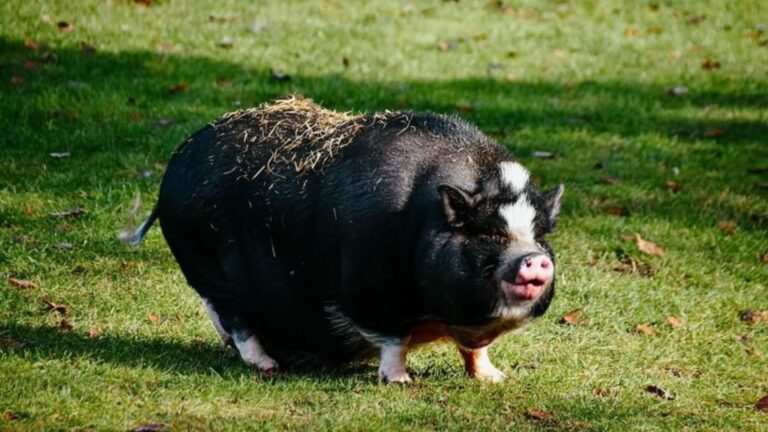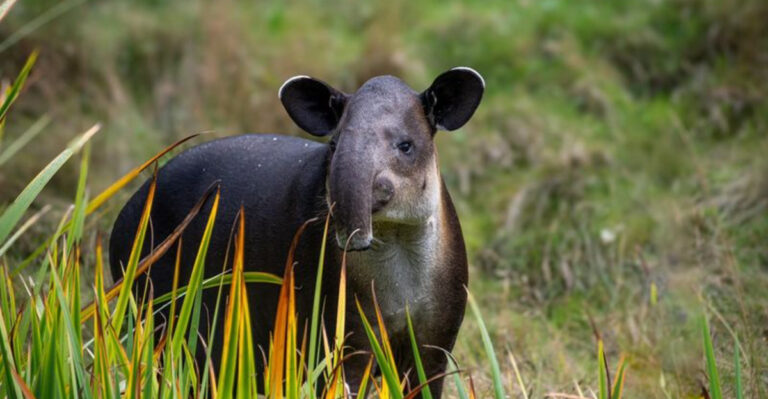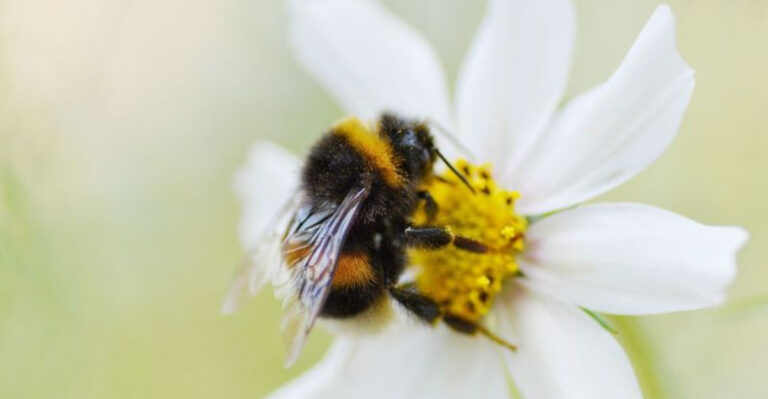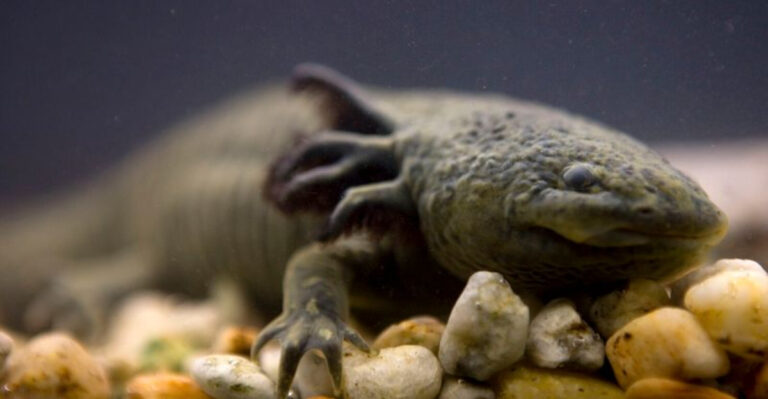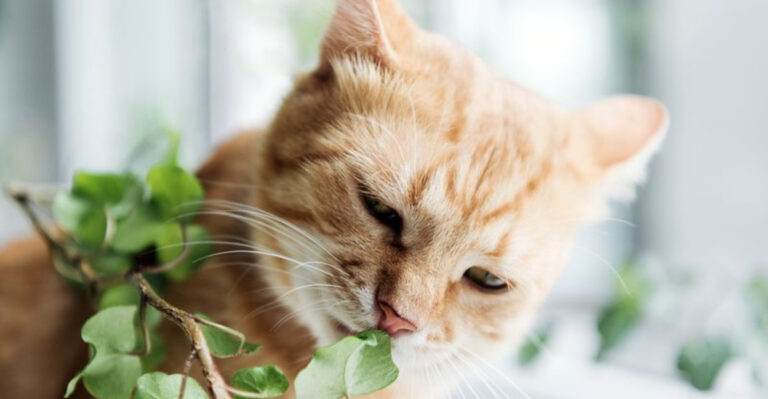14 Curly-Haired Cat Breeds That Will Take Your Breath Away
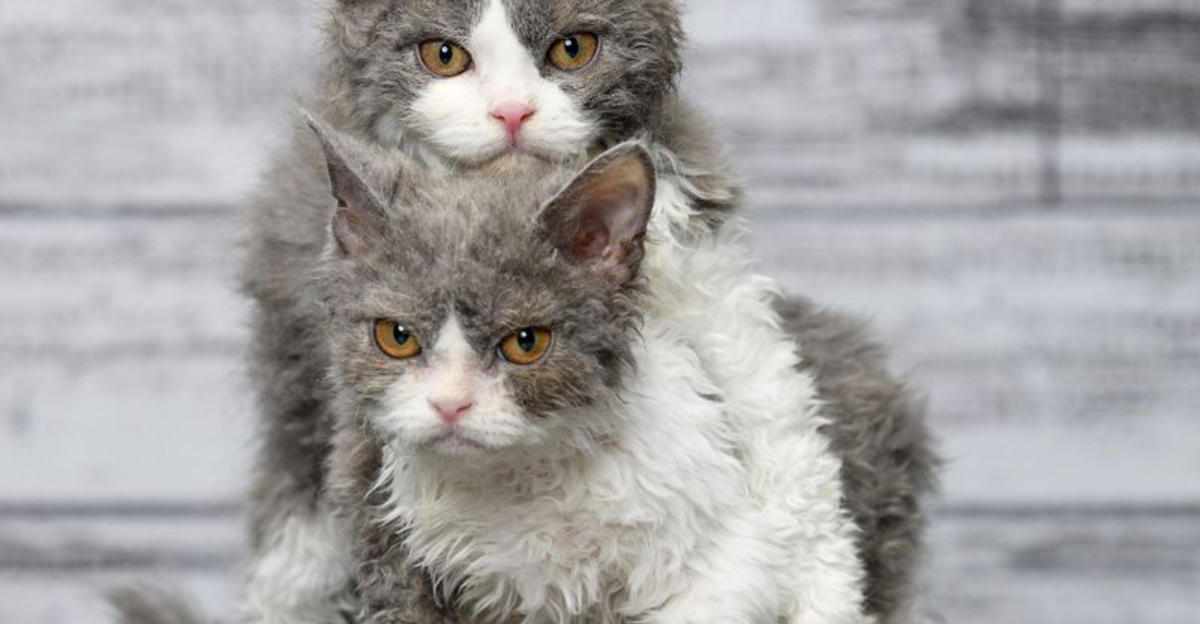
Curly-haired cats are a delightful and unique addition to the feline world. Their soft, wavy coats make them not only a treat to the eyes but also a joy to pet. Each breed offers its own unique charm and personality, making them beloved companions across the globe.
1. German Rex
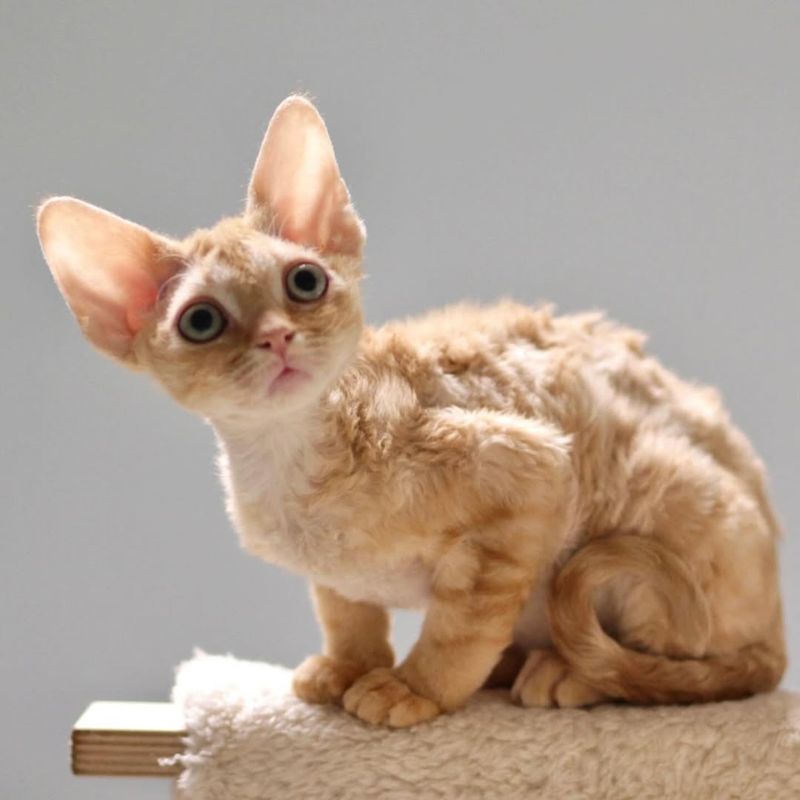
The German Rex is a medium-sized cat with a soft, curly coat that sets it apart from other breeds. Originating in Germany, this breed has a round face and large, expressive eyes that captivate anyone who meets them.
The German Rex’s curls are plush and velvety, making them a joy to pet and cuddle. They are known for their playful and social nature, often engaging in interactive games with their owners.
2. Skookum Cat
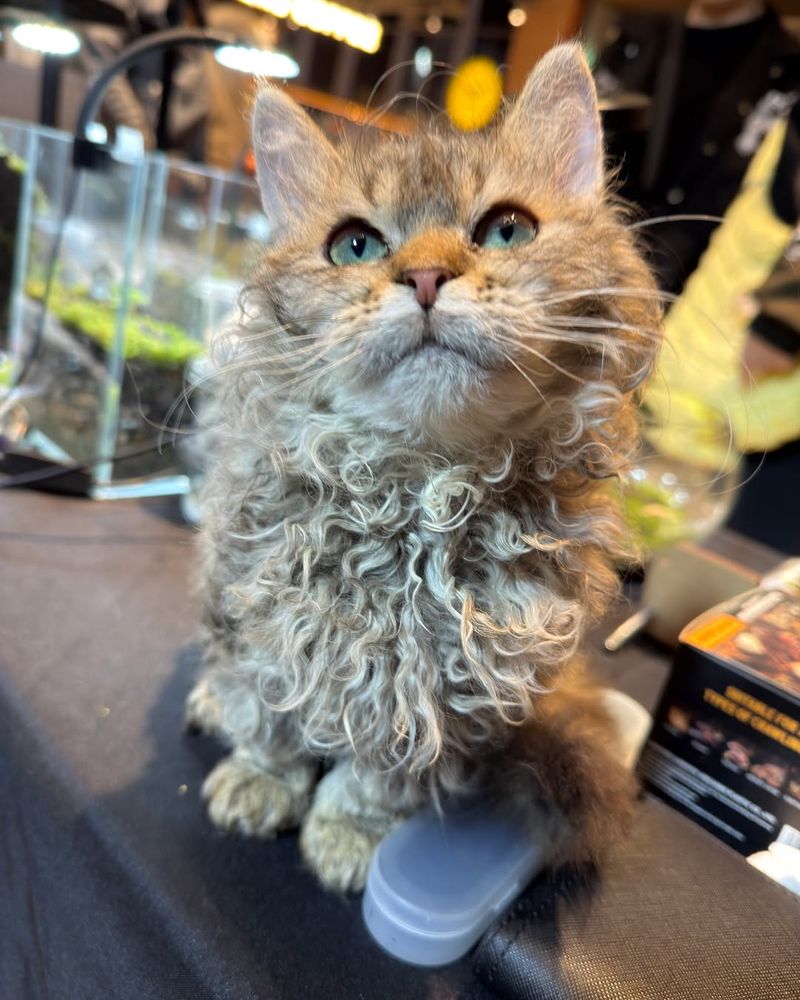
The Skookum Cat is a delightful blend of the Munchkin and LaPerm breeds, resulting in a tiny, curly-coated wonder. Its short stature and playful demeanor make it an amusing addition to any home. The Skookum’s curls are loose and bouncy, giving it an adorable tousled appearance.
Despite their small size, they are full of energy and curiosity, exploring every nook and cranny. Regular playtime is essential to keep them happy and healthy.
3. Ural Rex
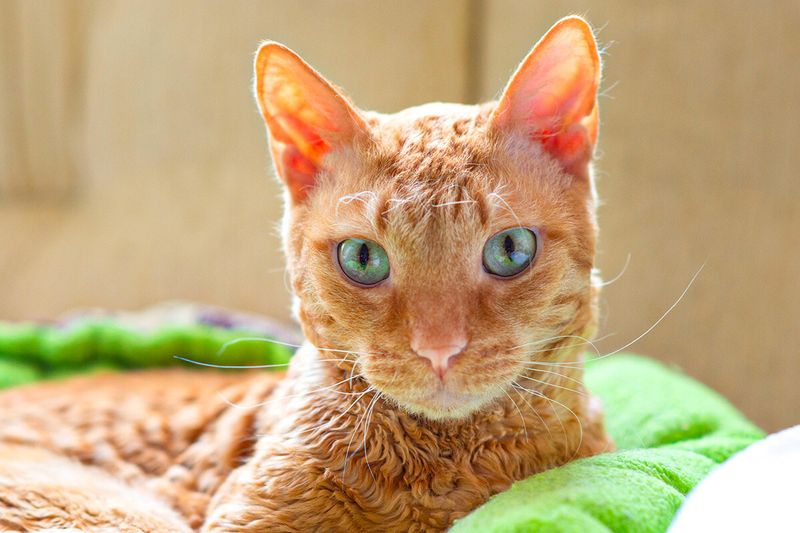
The Ural Rex hails from Russia and is renowned for its dense, curly coat that resembles soft waves. This breed possesses a robust and muscular build, making it both sturdy and elegant. The curls remain tight and springy, giving the Ural Rex its unique texture.
Their coats vary in color, from pristine whites to deep blacks. Known for their gentle disposition, Ural Rex cats are excellent companions for households seeking a calm and loving pet.
4. Selkirk Rex
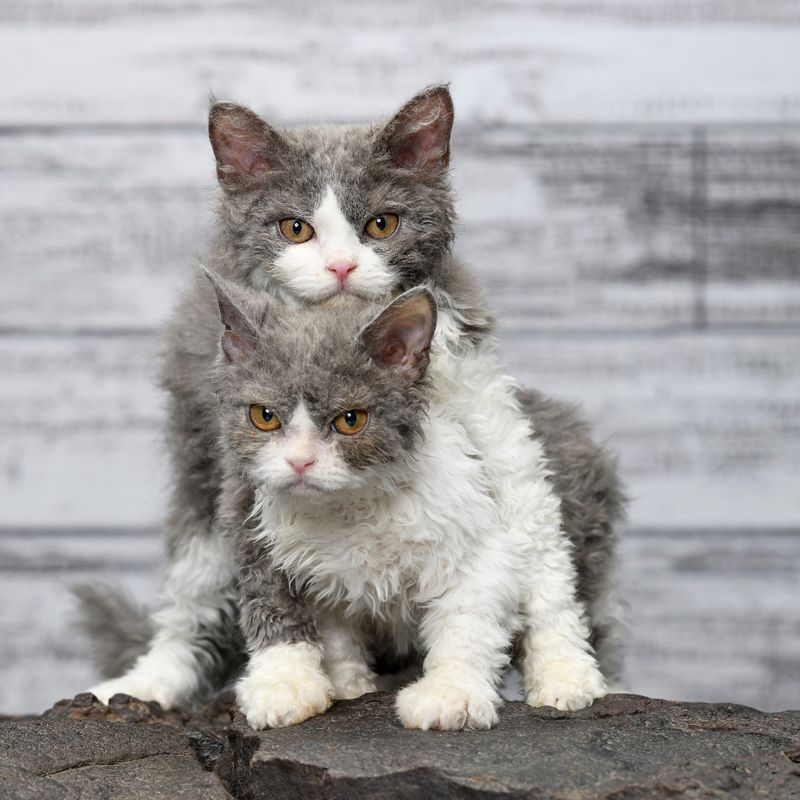
The Selkirk Rex is a breed that stands out due to its thick, curly fur that feels like a plush teddy bear. With a sturdy build and a round face, this breed exudes charm and elegance. Their curls are dense and can range from loose waves to tight ringlets, requiring regular grooming to maintain their lush texture.
Known for their laid-back temperament, Selkirk Rex cats are perfect for families looking for a relaxed and loving pet. They are often described as “dogs in cat’s clothing” due to their friendly and loyal nature.
5. Oregon Rex
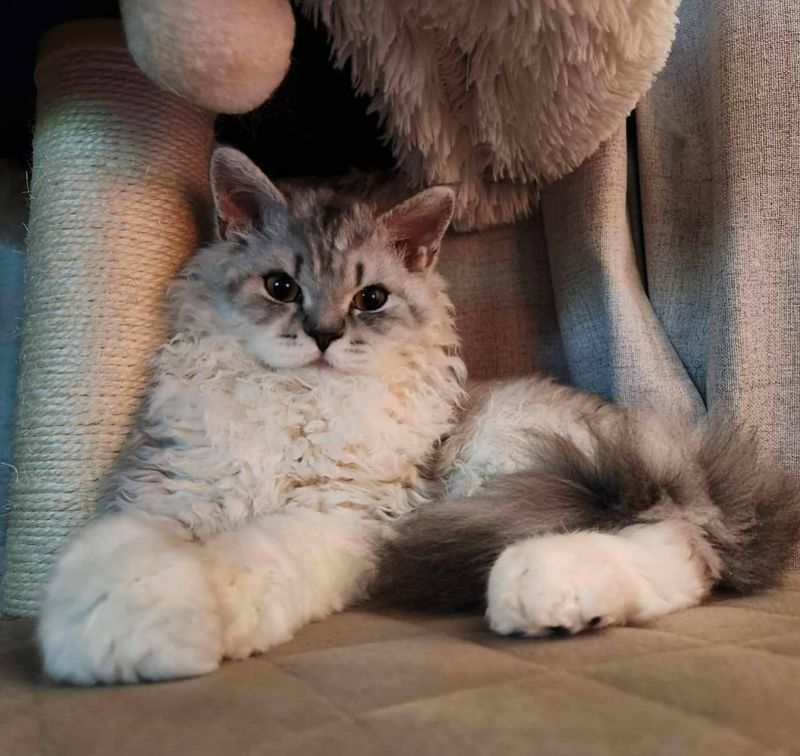
The Oregon Rex, though now extinct, was a breed known for its distinct curly coat and slim build. This breed had a unique charm, with its soft, plush curls making it a favorite among those who encountered it.
The Oregon Rex was renowned for its friendly and outgoing nature, often enjoying the company of both humans and other pets.
6. Cornish Rex
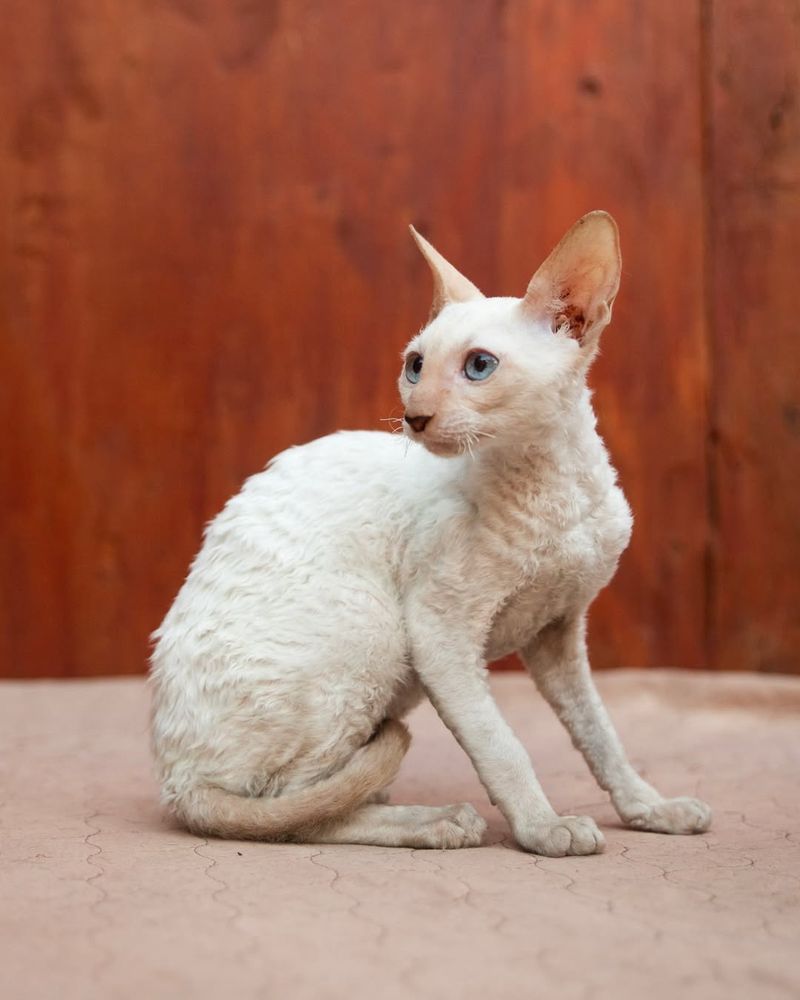
The Cornish Rex is a breed synonymous with elegance and grace, boasting a sleek and slim body covered in short, curly fur. Its coat is soft and lies close to the body, giving it a unique silhouette. The Cornish Rex is known for its active and playful personality, often engaging in acrobatics and games.
Their short coat is low maintenance, requiring minimal grooming. They are social creatures that thrive on interaction, making them ideal for households that can provide plenty of attention and companionship.
7. Tennessee Rex
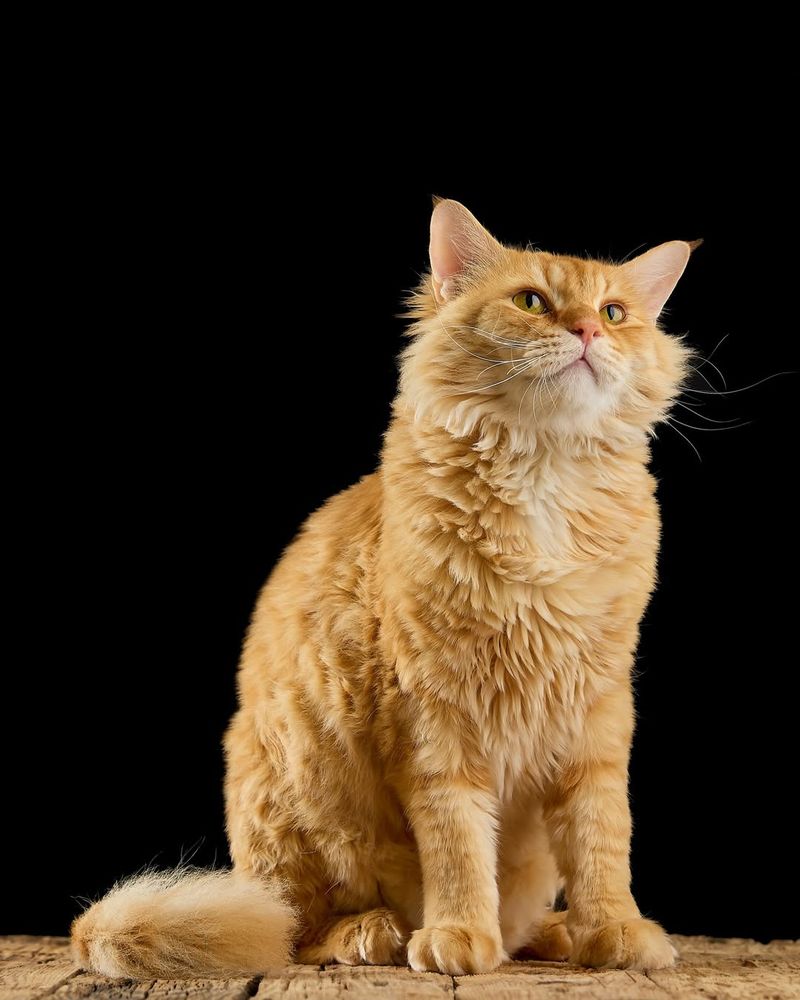
The Tennessee Rex is a rare and captivating breed known for its curly coat that possesses a unique metallic sheen. This shimmering effect adds to its allure, making it a sought-after breed among cat enthusiasts. The curls are soft and luxurious, requiring regular grooming to maintain their stunning appearance.
Despite their striking look, Tennessee Rex cats are gentle and affectionate, often forming strong bonds with their human families.
8. Devon Rex
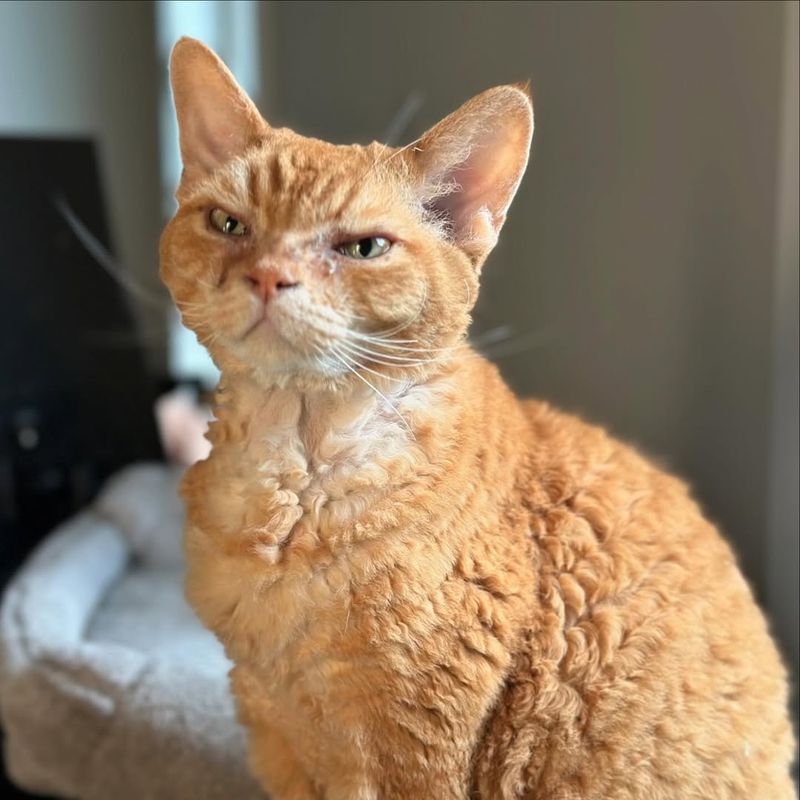
The Devon Rex is a playful and intelligent breed known for its mischievous nature and love for human company. Its curly coat, unlike any other, is soft and velvety to touch. This breed’s unique appearance is complemented by its large, expressive eyes and elfin face.
The Devon Rex’s coat comes in various colors, each highlighting its delightful curls. Regular grooming helps maintain its plush look.
9. LaPerm
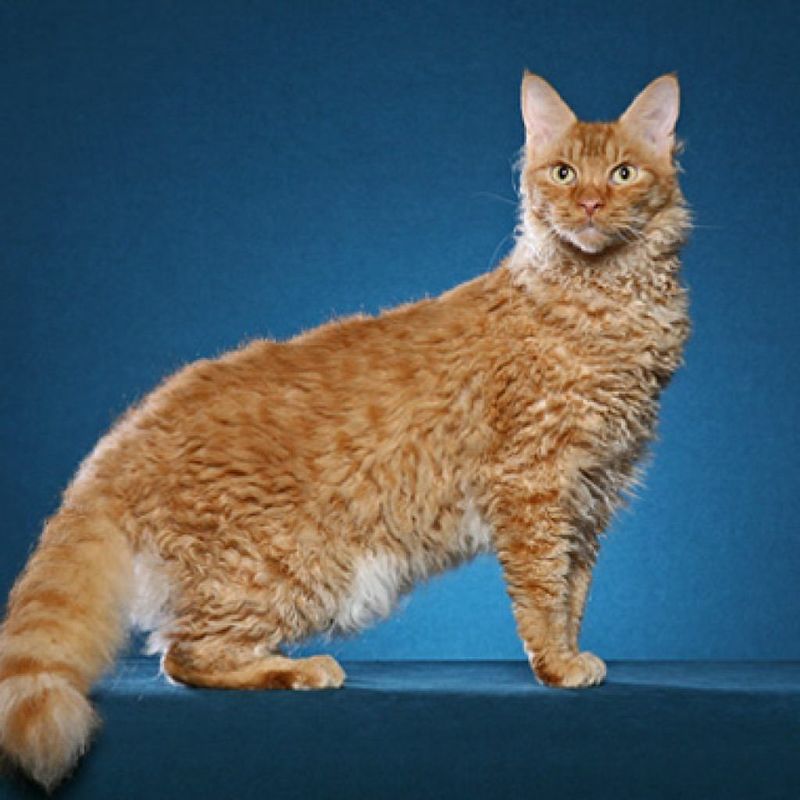
The LaPerm is a breed known for its loose, bouncy curls that give it a distinct and charming appearance. Originating in the United States, this breed’s coat is soft and comes in various colors and patterns.
The LaPerm is affectionate and enjoys interacting with its human companions, often following them around the house. Their playful and inquisitive nature makes them delightful pets, always ready to explore and engage.
10. British Shorthair
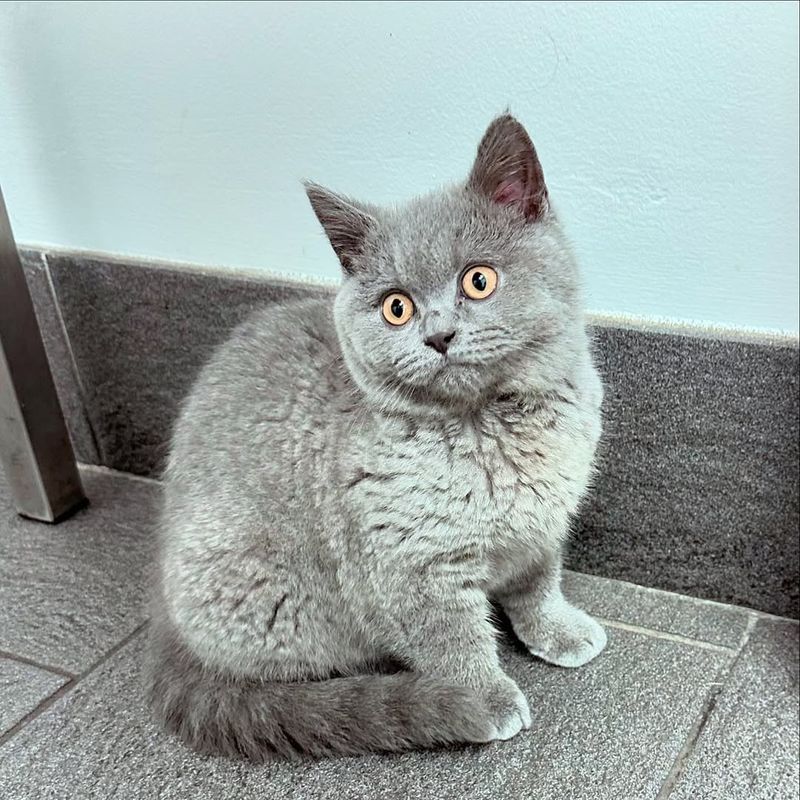
The British Shorthair is typically known for its dense, plush coat, but a rare curly variant exists that captivates with its unique texture. This breed’s robust and sturdy build is complemented by its soft, curly fur, adding an element of surprise to its otherwise classic appearance.
Though the curly coat variant is uncommon, it shares the British Shorthair’s signature calm and easygoing temperament.
11. Tasman Manx
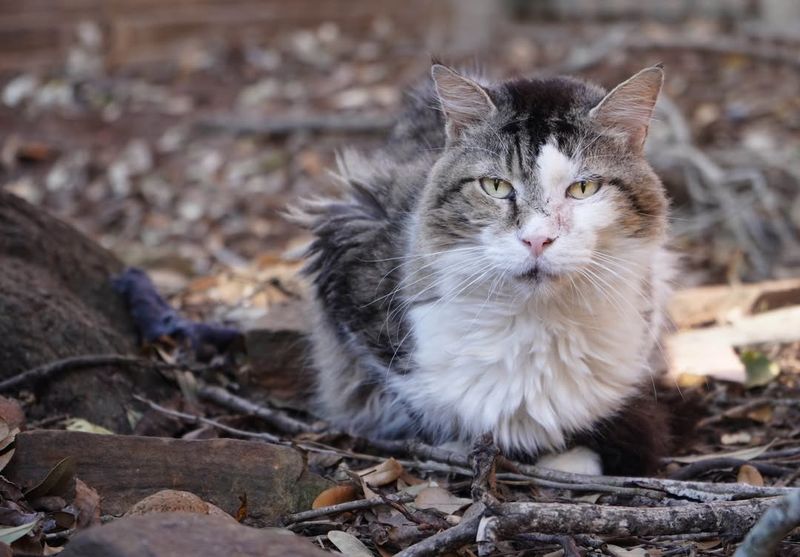
The Tasman Manx is a unique breed that combines the distinctive tailless trait of the Manx with a curly coat, resulting in a charming and unusual appearance. Originating from Tasmania, this breed is both rare and captivating. The curls are soft and plush, adding to its appeal.
Tasman Manx cats are known for their playful and adventurous nature, often exploring their surroundings with enthusiasm.
12. Ukrainian Levkoy
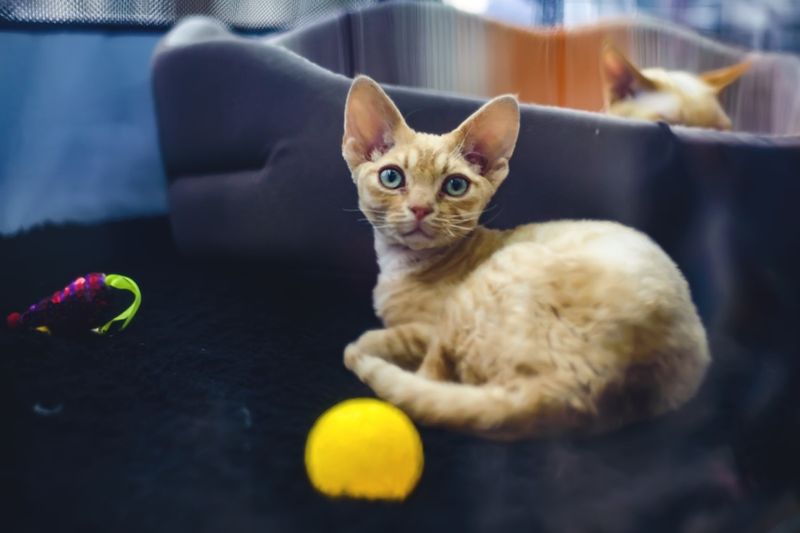
The Ukrainian Levkoy is an exotic breed with a unique appearance, characterized by its distinct curled ears and soft, curly coat. Originating from Ukraine, this breed is both rare and captivating.
The Levkoy’s coat is plush and comes in various colors, adding to its exotic charm. Known for their affectionate and intelligent nature, Ukrainian Levkoys are excellent companions for those seeking a unique pet.
13. American Curl
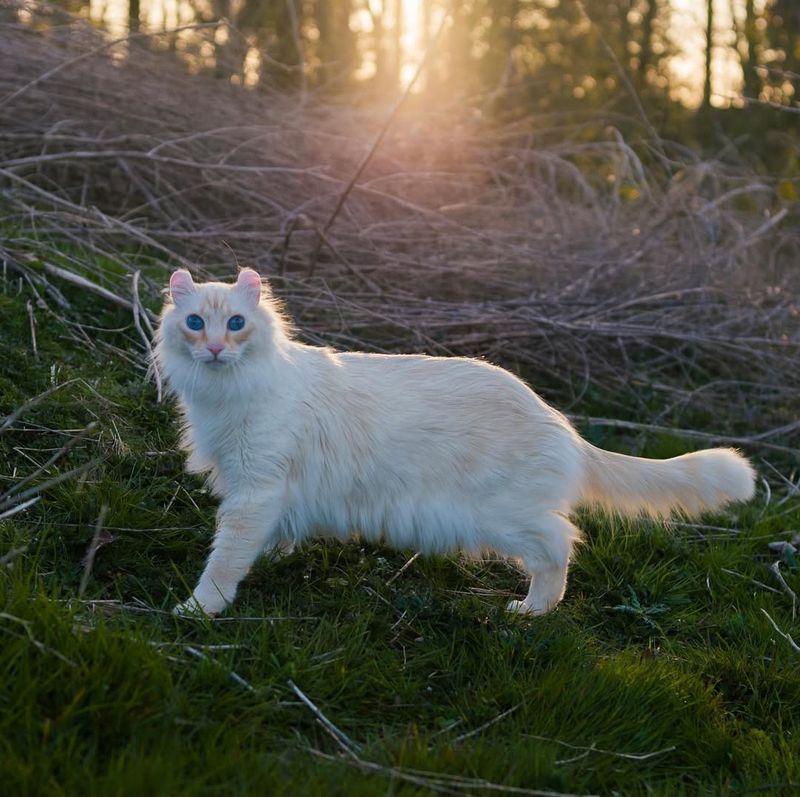
The American Curl is celebrated for its unique curled ears that give it a whimsical appearance. In rare instances, they also sport a curly coat, adding another layer of charm. This breed is known for its friendly and adaptable nature, making them excellent companions for families.
The curls are soft and require regular grooming to maintain their texture and prevent matting. American Curls are playful and enjoy interactive activities, often seeking out adventures around the house.
14. Oriental Longhair
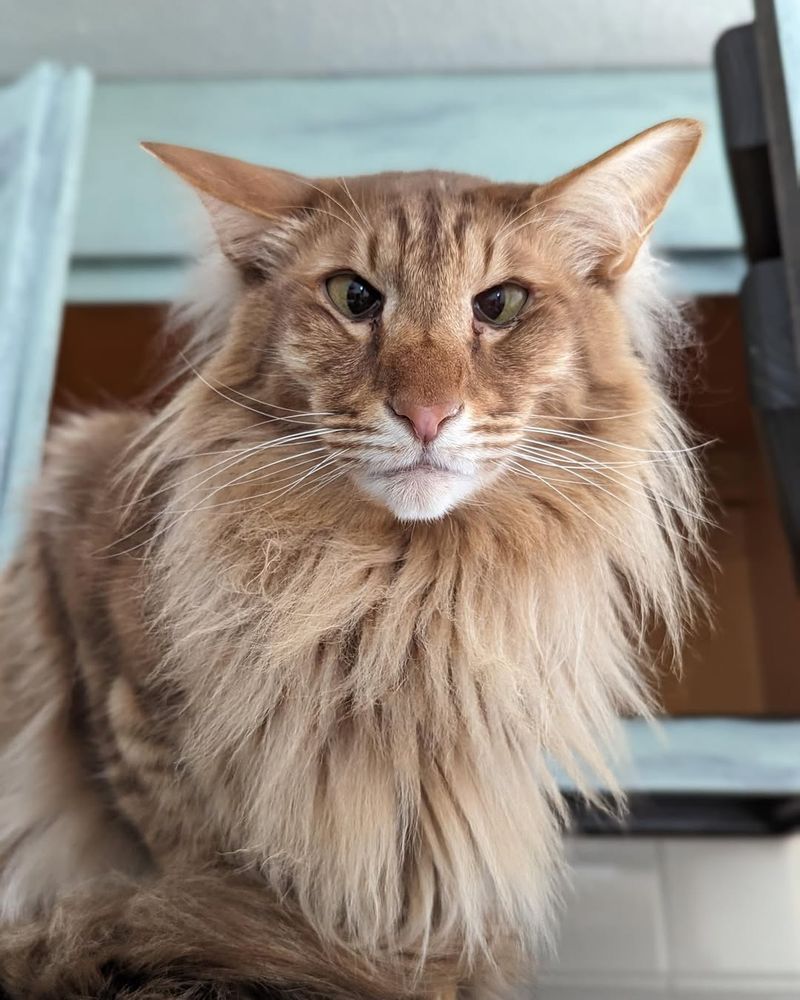
The Oriental Longhair is a stunning breed, renowned for its lush, curly coat that flows gracefully down its slender body. With large, expressive ears and a svelte frame, this cat exudes an aura of elegance. Often found lounging in sunlit areas, the Oriental Longhair enjoys the company of humans and other pets alike.
Despite its regal appearance, this breed is known for its playful and affectionate nature. Owners often find joy in grooming its unique coat, which, although curly, requires minimal maintenance. This breed’s striking appearance and charming personality make it a favorite among cat enthusiasts.

